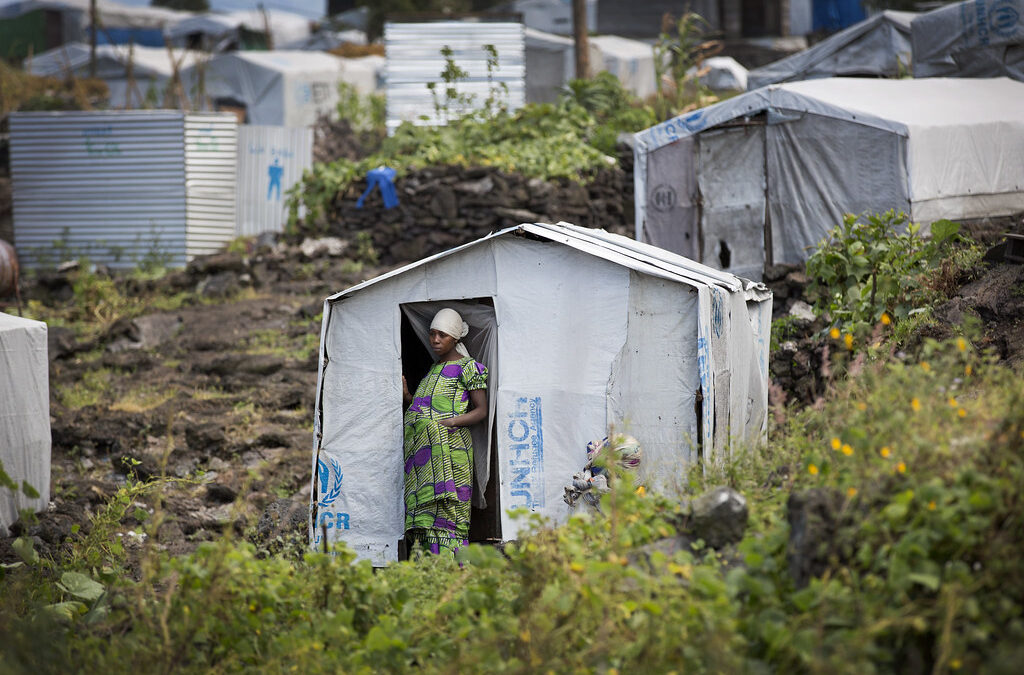United Nations Photo
Why is violence erupting in the eastern DRC right now?
The conflict in context
For those of us who live in the western, developed world it’s hard to grasp the violence in the Democratic Republic of Congo that we read about or see on TV. We live in circumstances that by comparison are “safe.” At EFM, our programs exist for communities where people do not share the same sense of security that we enjoy – where hope is fleeting, and violent conflict is common. As we pause our programs and pray for peace as conflict sweeps eastern Congo, we thought it would be helpful to share more information about what is happening and why.
The situation in the Democratic Republic of Congo is indeed tragic and complex. The violence there is not just the result of isolated incidents, but the outcome of deep-rooted historical, economic, and social factors. Here’s a breakdown of the three main drivers of the current conflict:
1. Fighting Over Natural Resources
The DRC is rich in valuable natural resources such as gold, diamonds, and rare minerals like cobalt and coltan, used in electronics and batteries. These resources attract both local and international actors seeking wealth and control, often fueling conflict. Armed groups, militias, and foreign governments have vied for control of these resources, which has created a vicious cycle of violence, while profits from mining fund further violence and instability.
2. The Legacy of Colonialism
The legacy of Belgian colonial rule is another significant factor. When King Leopold II of Belgium seized the Congo in the late 19th century, the country was brutally exploited for its resources. This exploitation, which continued under Belgian colonial rule, left behind weak institutions and a power vacuum when the country gained independence in 1960. As a result, the country has struggled with political instability, corruption, and authoritarian regimes that have exacerbated the conflict.
3. Longstanding Ethnic Conflict
Current conflict in the DRC is inseparable from what has happened in neighboring Rwanda. The 1994 genocide during the Rwandan Civil War has had lingering effects for the DRC. Many Tutsi refugees fled across the border. Tribal conflict, going back even before colonial rule, existed in the region around what is now the DRC, Congo, and Rwanda before colonial rule redrew the map. Tensions between ethnic Tutsis and the majority Congolese in the DRC have grown over the years. The Rwandan government, although denying any involvement, has funded predominantly Tutsi militias in the DRC for years. These groups have forced millions of people to flee their homes and have inflicted much violence in the eastern part of the country. The international community largely believes that Rwanda is seeking to influence or even overthrow the government of the eastern DRC, especially to gain control of its mineral rich land. With the help of the Rwandan military, the most powerful militia announced capture of the city of Goma on January 27, 2025.
While the situation is dire by all accounts, the latest attack and seizure of control is the most extreme recent example of the nearly perpetual conflict in the eastern part of the country.
It is in this context that Energy for Mission has, and Lord permitting, will continue to serve the most vulnerable by teaching peace and reconciliation through local churches. Please continue to pray for peace with us and give much-needed financial support.



Recent Comments